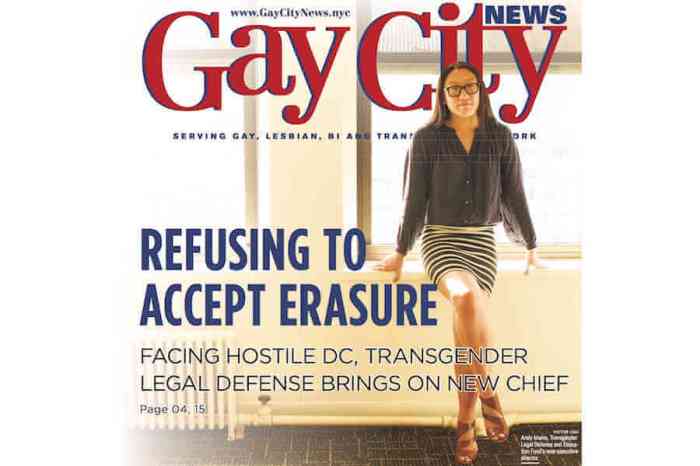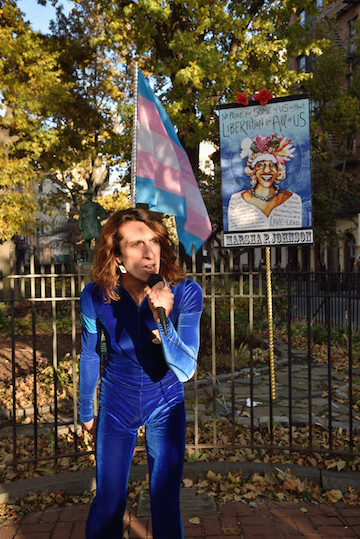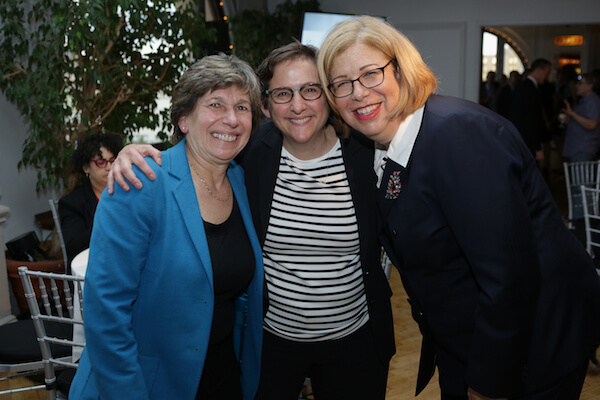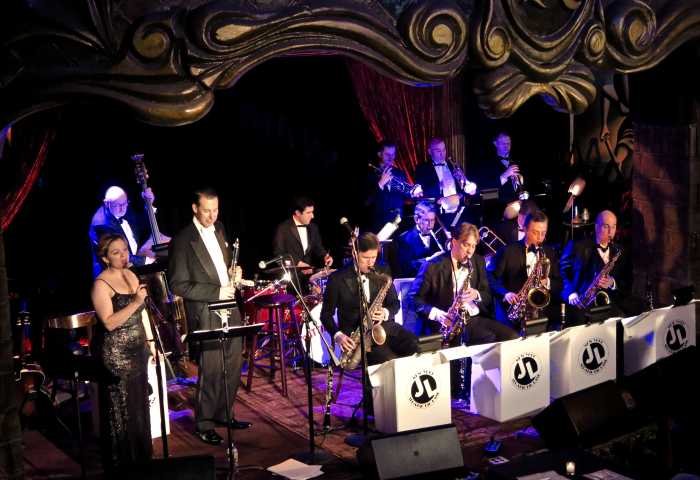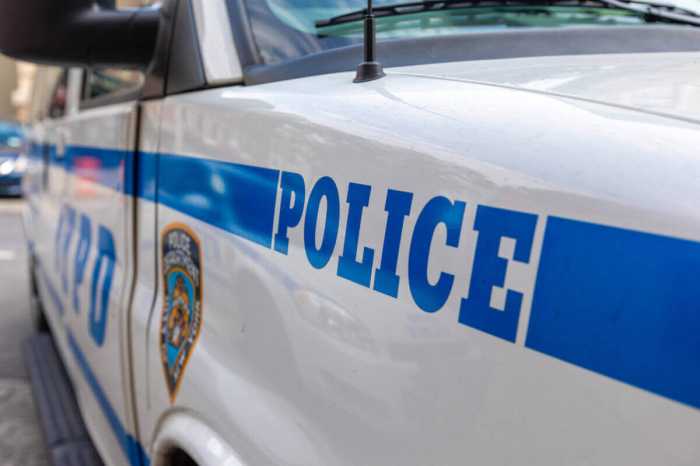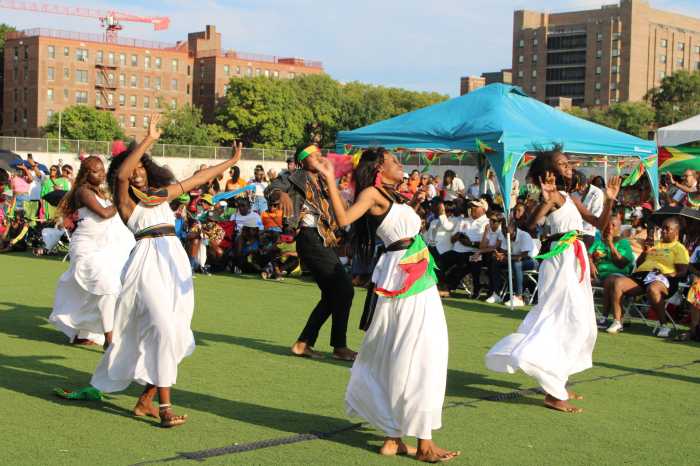Lateisha Green was 22 at the time of her slaying.
Jury confusion about how to deal with a defendant charged under New York’s hate crime statute has resulted in an appellate ruling setting aside as “inconsistent” the guilty verdict in the homicide of a transgender woman.
Dwight R. DeLee, who was 20 at the time, was arrested for shooting and killing 22-year-old Lateisha Green while uttering anti-gay statements in Syracuse in November 2008. The indictment charged him with murder in the second degree as a hate crime — based on what the prosecution argued was DeLee’s perception of Green’s “sexual orientation” — murder in the second degree, and criminal possession of a weapon. Prosecutors in hate crime cases customarily alternately charge with and without the hate crime enhancement so that a jury can convict on the underlying crime even if they determine it was not proven beyond a reasonable doubt that the victim was targeted because of their sexual orientation.
When the trial concluded, presiding County Court Judge William D. Walsh, with no objection from the defense or the state, added to the jury’s charge lesser-included manslaughter charges, with and without hate crime specifications, resulting in a rather cumbersome charge and verdict sheet. Jurors subsequently asked several questions, provoking “clarifications” that were not models of clarity.
Jury confusion led it to deliver “inconsistent” verdict, NYS appellate panel finds
The jury evidently concluded the prosecutor had met the burden of proof on manslaughter in the first degree as a hate crime, but in filling out the verdict form, thinking that it was following the judge’s instructions, it indicated “guilty” for manslaughter in the first degree as a hate crime but “not guilty” for manslaughter in the first degree.
The defense counsel moved to vacate the verdict as inconsistent, arguing that a “not guilty” verdict on manslaughter meant the jury believed the prosecutor had failed to meet its burden of proof, and thus the verdict of “guilty” of manslaughter as a hate crime could not stand. Walsh rejected the motion, but an Appellate Division panel, on July 19, voted 4-1 to reverse the verdict, accepting the defendant’s argument.
“To find defendant guilty of manslaughter in the first degree as a hate crime, however, the jury must have found that the People proved beyond a reasonable doubt all of the elements of manslaughter in the first degree, plus the added element that defendant selected the victim due to his sexual orientation,” the court wrote. “It therefore follows that the verdict is inconsistent.”
Dissenting, Justice Erin Peradotto argued that the non-hate-crime manslaughter charge should be seen as a lesser-included charge of the hate-crime manslaughter charge — that is, an alternative charge to consider if the jury did not accept the prosecution’s evidence of hate motivation. From that perspective, the “not guilty” verdict on manslaughter one would not be seen as inconsistent, but the panel’s majority was not buying this.
Reviewing Walsh’s charge to the jury and his subsequent clarifications in detail, Peradotto made the case the jury could have been misled into thinking it could pick between the two manslaughter charges and find guilty on one of them and not on the other.
“In my view,” wrote Peradotto, “the jury’s verdict is reasonable and logical based upon the elements of the crimes as charged to the jury and, therefore, should not be disturbed.” The jury’s notes to the judge, she wrote, indicated it was convinced “the fatal shooting of the victim constituted a hate crime, but that the jury was grappling with whether to convict defendant of the hate crime of murder in the second degree, manslaughter in the first degree, or manslaughter in the second degree.” Once it determined Delee was guilty of manslaughter in the first degree as a hate crime, it went on to the indictment’s second count and found him not guilty of “ordinary” murder — as well as all the lesser offenses. The jury thought of the non-hate crime manslaughter charge as a lesser-included offense, and dealt with it accordingly.
Peradotto noted that the jury’s foreman, in a sworn affidavit a week after the verdict, confirmed her interpretation of the jury’s actions.
“The jury determined that defendant shot the victim because of his sexual orientation and thus that defendant was guilty of manslaughter in the first degree as a hate crime,” Peradotto wrote. “Defendant did not simply shoot the victim for some other ‘non-hate’ reason or no reason at all, and thus the jury determined that defendant was not guilty of ‘ordinary’ manslaughter in the first degree. In my view, this is in accord with ‘the fundamental principle that the jury should be permitted to render a verdict that fully reflects defendant’s culpability.’ Jurors are not legal experts and, given the instructions that were provided in this case, I cannot conclude that the jury’s verdict was inconsistent, illogical, or contradictory.”
The panel majority’s opinion in this case creates a disconcerting result and points up the imperative of judges articulating a comprehensible jury charge for hate crime cases where the prosecutor is also charging defendants with the same crime but without a hate crime element.


